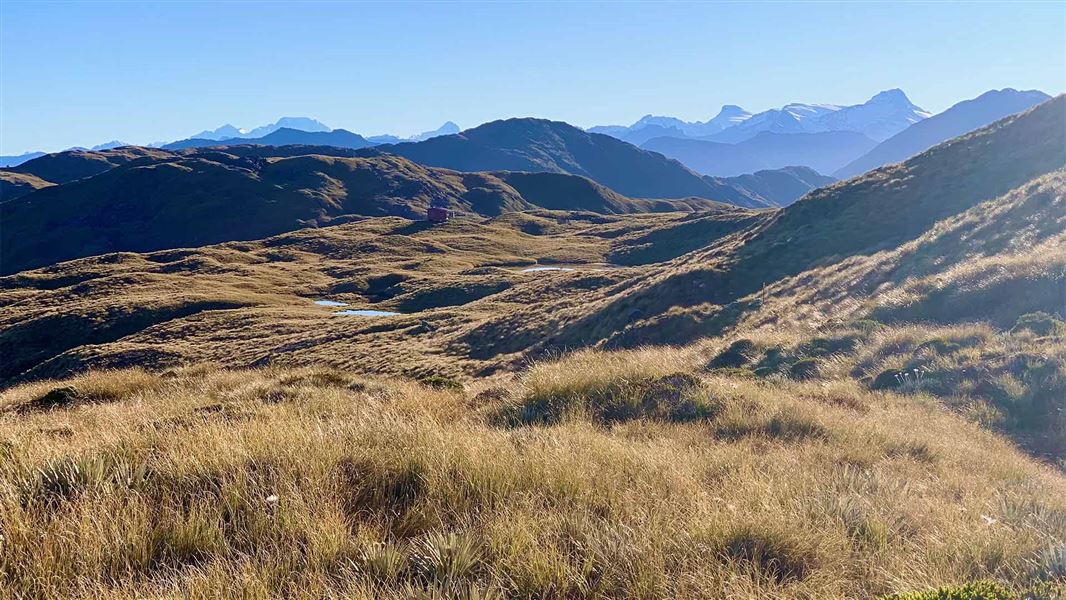
Located in Haast, Paringa and Moeraki rivers area in the West Coast region
Introduction
The Māori Saddle Route takes you from the Historic Haast to Paringa Track to Mataketake Hut.Stay safe in the outdoors
- Choose the right trip for you. Learn about the route and make sure you have the skills for it.
- Understand the weather. Check weather forecasts.
- Pack warm clothes and extra food. Check gear lists.
- Share your plans and take ways to get help. Share directly or use the Outdoor Intentions form or Plan My Walk. Take a distress beacon.
- Take care of yourself and each other.